Pigeon Training – Training down the road
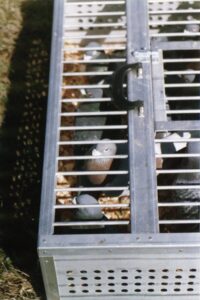 When your birds have molted their 3rd flight feather, they are finally ready to take down the road. They should be taken in the same direction from which your local club is flying. If you are not in a club, pick out on direction and stick with it.
When your birds have molted their 3rd flight feather, they are finally ready to take down the road. They should be taken in the same direction from which your local club is flying. If you are not in a club, pick out on direction and stick with it.
Basket your birds by catching them gently. If you have been feeding them carefully and have a good routine, they should be rather tame. If you ruffle their feathers when you catch them, gently put the feathers back into place. If you handle your birds roughly, they will become afraid of you and will fly wildly to escape you.
Pick clear days with very few clouds. It is better to pick a nice day than to pick a bad one and lose most or all of your birds. Train your youngsters in the morning. Young birds do not do as well if you train them down the road late afternoon or evening. Your losses will be much higher with the afternoon tosses.
Take your birds two miles away from home and find a place without any wires. Two miles sounds like a long distance for the first time out, but your pigeons can see much farther than that when they are high in the air. They probably have flown that far away from home many times while they were exercising around the loft. Besides, many fanciers take them 5 miles for their first trip, so don’t worry.
The first trip may take them an hour before they come home. This will give you time to get home and wait for their return. As soon as they return home whistle them inside the loft. They must be trained to enter the loft promptly as soon as they return home. Sometimes only seconds separate the winner from the next pigeon.
The next morning, you should take them back to the same place, if the weather is nice. As soon as they return, call them into the loft. On the third morning, you are ready to take 5 miles. Take them out 5 miles again on the fourth day. Now, your are ready to take them twice each time to 10, 15 and 20 miles.
By the end of the 20 mile mark, your pigeons should have been down the road ten times, if you went to each location twice. They should be coming home faster and faster and entering the loft more quickly each time.
At this point fliers will bring their birds back to a distance of 10 to 12 miles and either single toss or double toss their birds. They feel that this serves two purposes. First, it causes the pigeons to think on their own. Secondly, it will weed the duds that have been following the good pigeons home. The fliers may do this five or six times before moving farther down the road.
At this point, some fliers also give their birds a circle training. That is, the birds get tossed together at 5 miles and 10 miles to the North, South, West, and East. In this way the birds learn their way home from all directions up to 10 miles. Sometimes weather causes the pigeons to miss the mark, and this circle training method helps them to find their way home more quickly.
Now you may take them to the next tosses of 30, 40, 50, 60, 80 and 100 miles. These tosses should be in the same direction as your club flies. You will now be able to ship them to the first race and have confidence that you will have your pigeons home in good time and that they will enter the loft as soon as they return home.
The last tip is this. If your birds ever get “smashed” while training, back them up to the last place from which they returned in good time. A “smash” is a term uses to mean that the birds became confused and lost. Sometimes only a few birds will return after several days. Many smashes are caused by bad weather. Sometimes smashes just happen. They happen to most fliers, so do not feel badly. Just have enough courage and try it again. Give the birds a few days to rest, and take them back to the last place from which they returned home in good time.

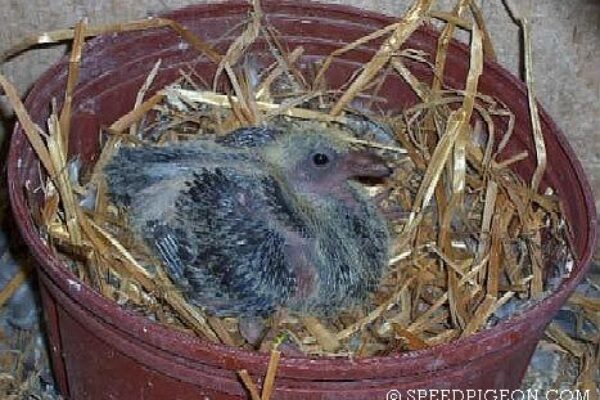
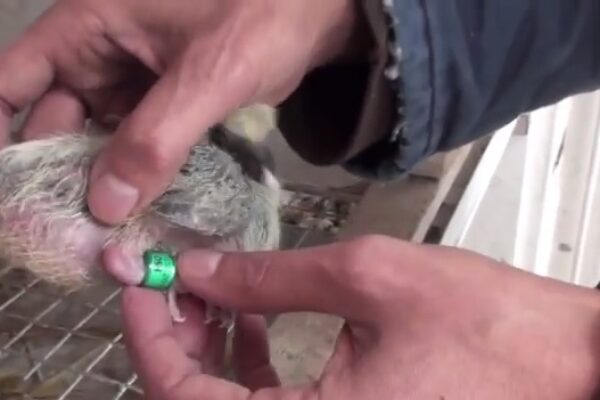
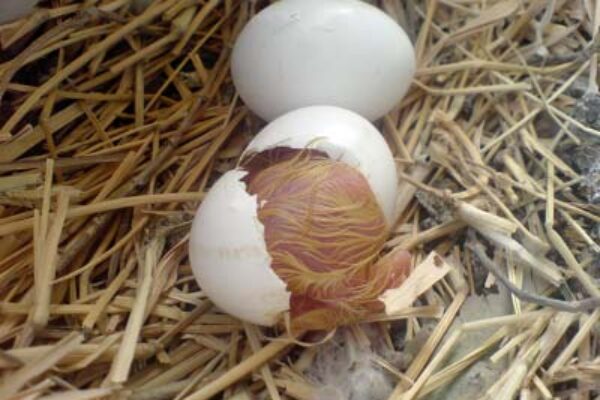
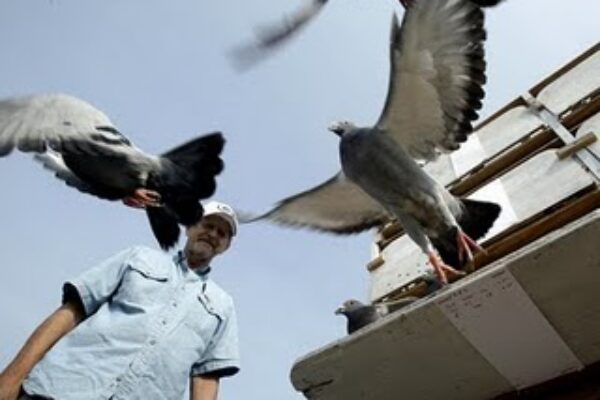
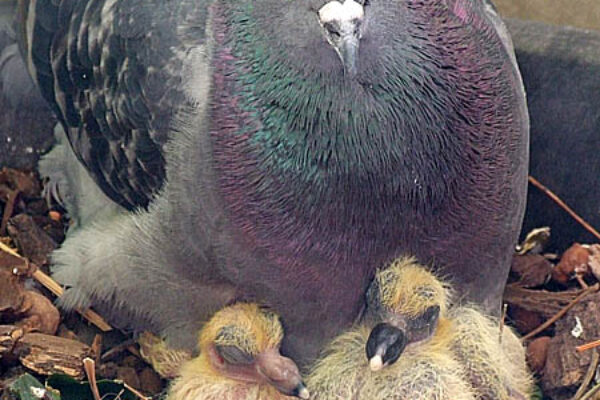
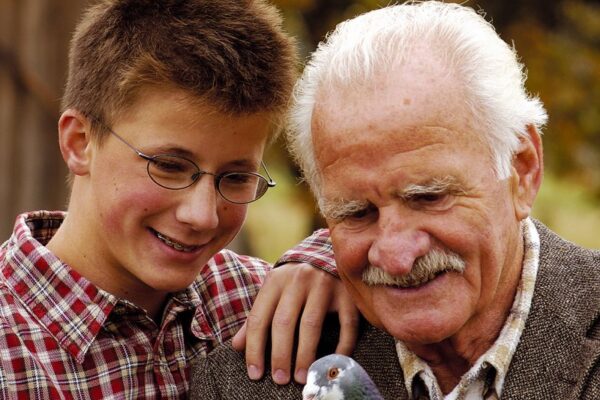


Why Pigeons are so loudly?
thanks for the in but I’m scared of hawks since i had on I’m my loft so when is it the safest time .end of march or just let it be and take your losses
nice.. its interesting topic… im just a beginer so i need some advice..
When training avoid smashes by watching wild birds, If you don’t see the normal flocks of wild birds that you normaly see don’t train young birds. When you are driving out to turn your team lose and you don’t see the wild birds flying. Take the young birds back home and turn them lose at the loft.
been trainin about 25 yb and all the infor i been readin hads help me great thanks to the site this year i have rise about 50 yb all in great shape thanks to all of yous thank you again and chris i have learn alot from the site great work
i have white homers 5 of them and am training them to its hard but nice
hi im just starting and an verry interested but dont know what season to breeh HELP im in cape town
I just want to say I love the info. I can see on this site. Beginners Handbook helps me so much. THANKS……